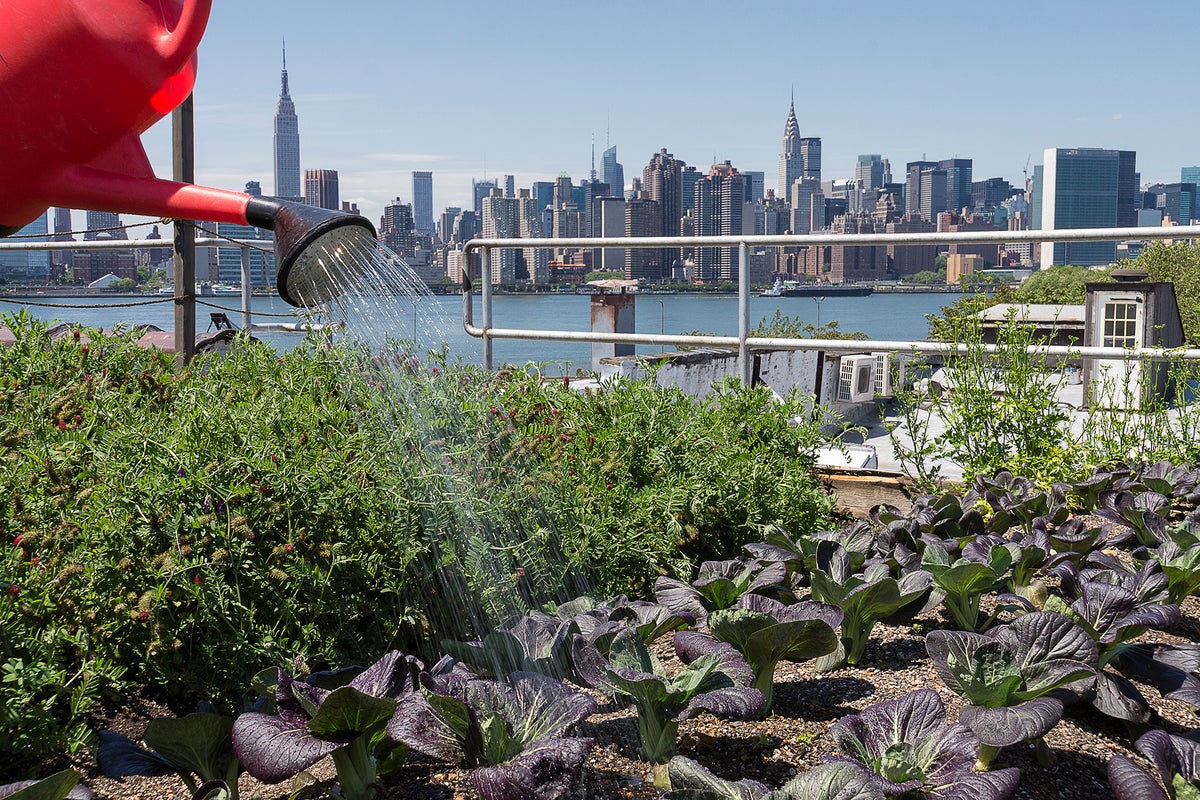Some Known Factual Statements About City Blooming
Some Known Factual Statements About City Blooming
Blog Article
An Unbiased View of City Blooming
Table of ContentsExamine This Report about City BloomingTop Guidelines Of City BloomingLittle Known Facts About City Blooming.Our City Blooming StatementsMore About City Blooming
Interested in expanding food for sale in the City of Chicago? Considering beginning an area garden? Modifications to the Chicago Zoning Statute permit agricultural uses like community yards and city ranches in numerous components of the city. Below is a checklist of regularly asked inquiries regarding the rules and guidelines that cultivators should consider when intending an urban agriculture project.
The zoning amendment does not change any various other codes managing composting, building licenses, buying or leasing City had property, service licenses or ecological contamination. There are existing codes that manage these concerns and they stay completely impact and might apply to your job. Community gardens are commonly owned or managed by public entities, public organizations or community-based companies and maintained by volunteers.
Urban farms grow food that is intended to be sold, either on a nonprofit or for-profit basis. As a result of their commercial objective, metropolitan farms call for a company license. Yes. A community garden is enabled to sell excess produce that was grown on website if the sales are accessory or subordinate to the yard's primary objective described above.
The 6-Minute Rule for City Blooming
Composting is permitted yet only for plant product that is produced and utilized on site. The amount of compost material can not exceed 25 cubic lawns at any type of given time according to the standards in 7-28-715 of the City's Municipal Code. Yes. Due to the fact that the dirt at most brand-new garden sites needs amending, compost, dirt, timber chips, or various other products can be gotten to create or enhance the growing area - garden care.

If a structure authorization is required after that the hoophouse will certainly be considered an accessory building. You can discover more about the structure permit needs by getting in touch with the Department of Buildings. The 25,000-square-foot dimension limit is planned to avoid a solitary community garden from dominating a provided block or taking away from the block's existing property or commercial personality.
The restriction does not relate to yards located in Public Open Space (POS) districts. Can there be even more than one community yard that is 25,000 square feet on a single block? Yes. The dimension limit puts on private yards, not to private blocks. No. Fence is not required, however, yards that have large parking lot might be called for to install secure fencing or various other landscape design attributes.
What Does City Blooming Mean?
B1 & B2 districts call for that all commercial usage activities be conducted indoors. R districts limit industrial activity. The laws show the function and intent of the Zoning Code. Is fencing needed for city ranches? Yes. Fences may be required, in addition to landscape design and screening, for sure parking lot and outdoor work or storage space areas depending on area and the certain activity happening.
Yes. Urban farms call for building licenses and zoning approvals prior to construction. Various other types of city testimonial might be needed relying on specific frameworks, tasks, dimension, landscaping, licensing, public heath and stormwater administration concerns. Much of these demands are determined in the project style or permitting procedure, however, the applicant may be responsible to separately identify particular licenses or permits that may be called for.
The Department of Company Matters and Customer Security can aid establish the specific kind of company permit that's called for. Off road car park is needed for many commercial tasks in Chicago. The needed number of parking rooms is based on the number of workers working on site and not the square footage of the growing area.
The City Blooming PDFs

Yes. A city farm can offer compost product created on site, nonetheless, the procedure has to conform with the laws in 7-28-715 of the Chicago Municipal Code. Yes. Aquaponic systems are enabled inside on city ranches in numerous zoning areas. However, a zoning evaluation and structure license is required in order to install frameworks or systems and a service license is required as explained above.
Up to five hives or swarms of honey bees might be maintained as an accessory use. However, beekeepers must register with the Illinois Division of Agriculture. For more details regarding the suggested zoning amendment you may call the Division of Housing and Economic Growth, Bureau of Preparation and Zoning at 312.744.8563.
, which takes place in rural locations at the side of suburban areas.
Unknown Facts About City Blooming
It can entail a movement of organic growers, "foodies" and "locavores", who seek to develop socials media founded on a shared principles of nature and neighborhood holism. These networks can establish by method of formal institutional assistance, ending up being integrated into neighborhood town as a "change town" activity for sustainable city development.
In either case, the extra straight accessibility to fresh vegetable, fruit, and meat products that may be become aware with urban agriculture can boost food safety and food check my site safety while decreasing food miles, causing reduced greenhouse gas discharges, therefore adding to climate change mitigation. Some of the first proof of metropolitan agriculture originates from Mesopotamia.
Report this page